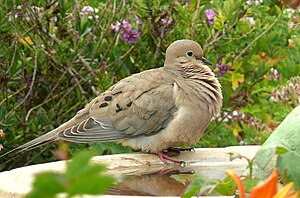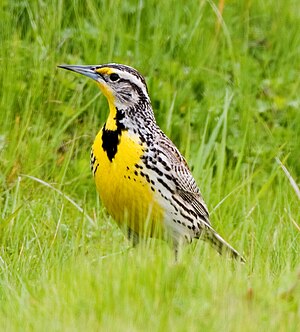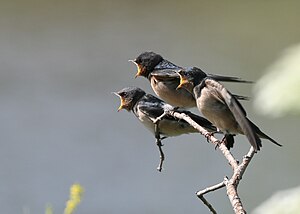
Image via WikipediaIf you have a bird bath I’m sure you’ve noticed a lot more activity. I was backyard birdwatching last night when a lone dove sat in the middle of the bath, and love them or hate them, Mourning Doves have presence. My dove was just sitting there with its eyes closed and his crop bulging visibly with the...
Category ›
Bird Basics





















